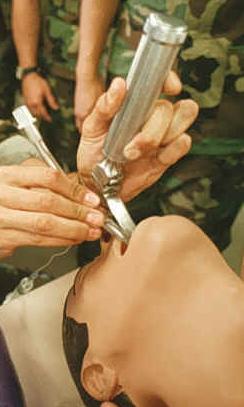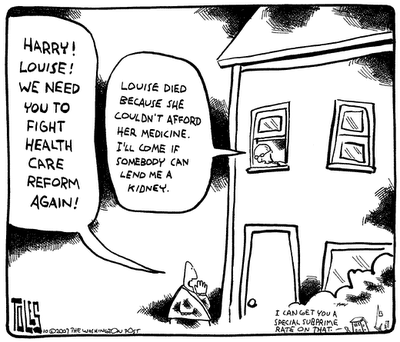How the media reports on human trafficking is critical
Nancy Cabelus, DNP, MSN, RN, is an international forensic nurse consultant currently working with Physicians for Human Rights on a program addressing sexual violence in conflict zones in central and east Africa. She is a CHMP Senior Fellow.
 Yesterday, I attended a human trafficking conference in Pinellas County, Florida sponsored by the United States Department of Justice, Bureau of Justice Assistance, and St. Petersburg College. As a retired police officer and a proactive, forensic nurse with expertise in human trafficking and sexual violence, I recognize the importance of community involvement in the detection and prevention of human trafficking. Coincidentally, an objective of the conference was to discuss the need for community involvement in the face of human trafficking. One limitation that was pointed out by conference presenters is the lack of media presence on the county’s human trafficking task force. The media has a key role in reporting stories on human trafficking incidents and creating public awareness—giant steps in the primary prevention of human trafficking. During the presentation, a news media clip was viewed of a local reporter covering a story of human trafficking in Florida. In reality, the reported incident was not human trafficking at all. Rather, it was a case of smuggling.
Yesterday, I attended a human trafficking conference in Pinellas County, Florida sponsored by the United States Department of Justice, Bureau of Justice Assistance, and St. Petersburg College. As a retired police officer and a proactive, forensic nurse with expertise in human trafficking and sexual violence, I recognize the importance of community involvement in the detection and prevention of human trafficking. Coincidentally, an objective of the conference was to discuss the need for community involvement in the face of human trafficking. One limitation that was pointed out by conference presenters is the lack of media presence on the county’s human trafficking task force. The media has a key role in reporting stories on human trafficking incidents and creating public awareness—giant steps in the primary prevention of human trafficking. During the presentation, a news media clip was viewed of a local reporter covering a story of human trafficking in Florida. In reality, the reported incident was not human trafficking at all. Rather, it was a case of smuggling.








